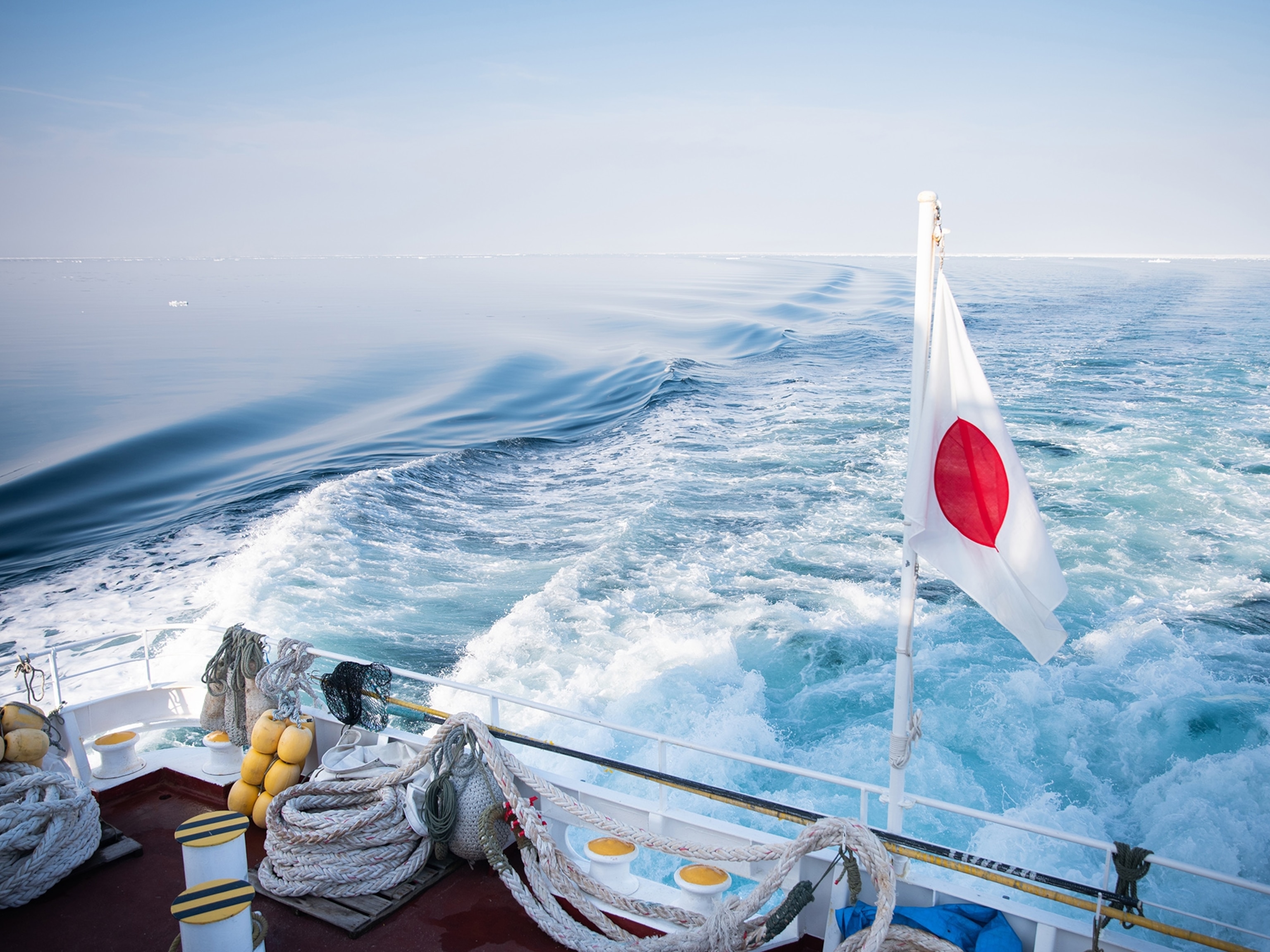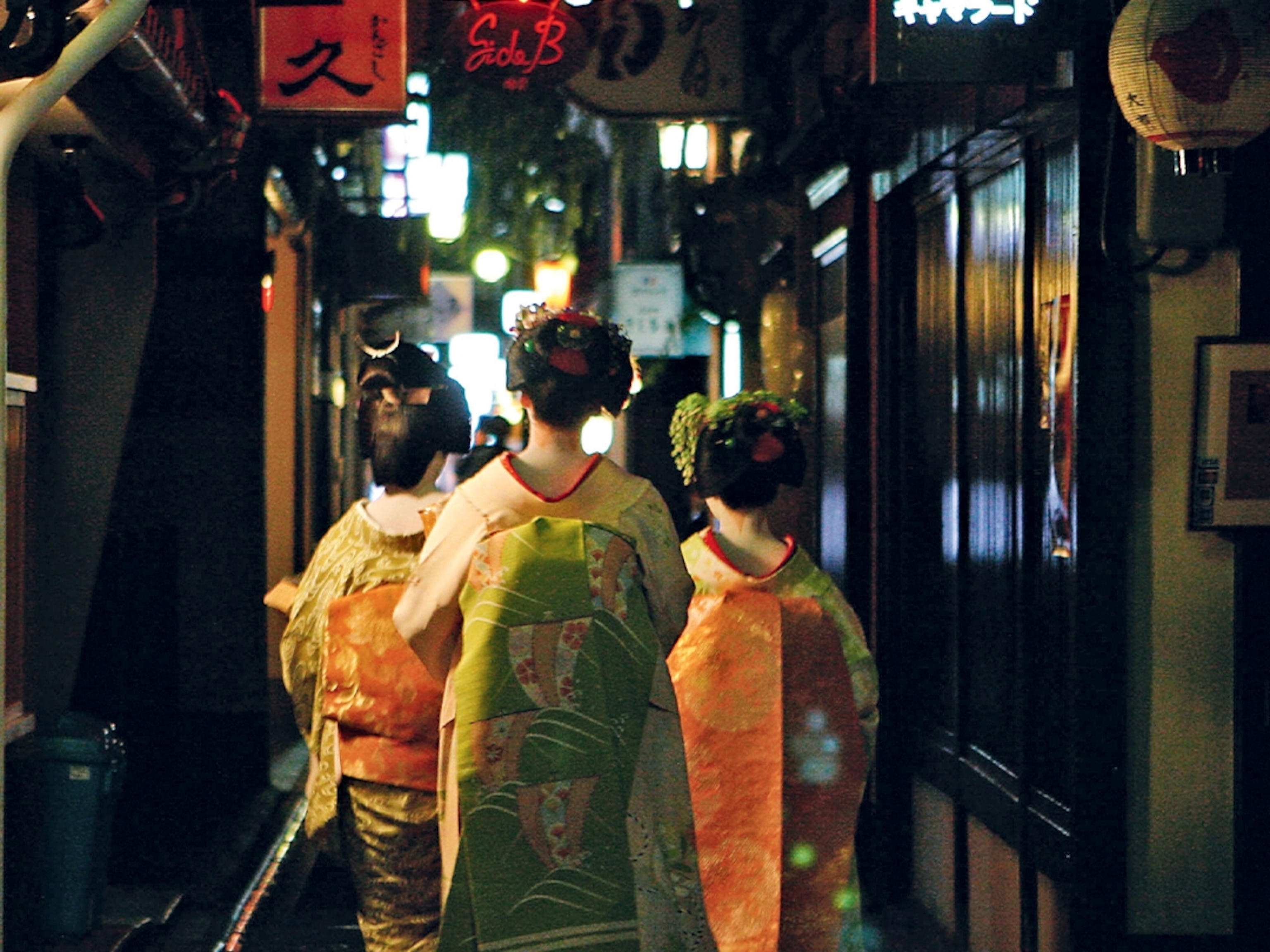How these Japanese prayer plaques became symbols of hope
Hanging in temples and shrines across the country, the small inscribed boards lighten souls weighed down by worry.
On New Year’s Day especially, prayers pile up at Shinto shrines and Buddhist temples throughout Japan. Written on wooden plaques, called ema, these wishes float to the heavens.
“Find me. Love Me. Marry me,” reads one plaque signed by TXQ, addressed to “Mr Right” and left at Kyoto’s Jishu Jinja shrine, which is dedicated to Okuninushi-no-mikoto, the Japanese god of matchmaking.
“Pray for a happy and healthy baby to arrive in our family soon,” write Andy and Suri on an ema at Osaka’s Hozenji Temple, which pays homage to Fudo Myoo, one of Japan’s five guardians of Buddhism.
For more than a millennium, Japanese people have used these plaques to ask the gods for love, wealth, long life, or academic success. In the past two years, a fresh ema plea has emerged: protection from COVID-19.
Many ema are now adorned by messages about the pandemic, or by images of Amabie, a supernatural being that wards off plagues in Japanese folklore. Nara’s Kasuga Taisha shrine even sells anti-coronavirus ema decorated by cartoon characters.
The pandemic has reinforced the crucial role of ema, says Jennifer Robertson, an anthropologist and professor emerita of anthropology and the history of art from the University of Michigan, who has researched these plaques for 40 years. Ema serve as a crucial outlet for fears and anxieties in a country where more than 1.7 million people have contracted COVID-19 since January 2020. They help lighten the soul by casting wishes to the breeze, in a way similar to Tibetan prayer flags, Buddhist votive tablets, and Asia’s floating lanterns.
Costing about $4 each, ema help fund temples and shrines. When visiting these sacred sites, visitors are welcome to hang plaques laden with their own hopes and ambitions.
Ema explained
The earliest versions of ema in the eighth century depicted horses, representing the live animals once sacrificed to deities and deceased leaders during Shinto ceremonies, says Robertson. (Ema translates as “horse pictures.”)
Nowadays, these plaques variously highlight creatures, flowers, geishas, hearts, trees, and waterfalls. They dangle from purpose-made racks, some of which hold thousands of ema. They can be bought pre-decorated or purchased blank and embellished by hand-drawn images, before the worshipper writes their message on the unadorned side.
(The popular ‘waving lucky cat’ has a fascinating history.)
These requests are inspected by a senior priest at the temple or shrine who prays for them to be granted. “Most ema are usually burned at intervals in shrine or temple rituals called ema kuyō,” says Robertson. “The burning allegedly releases the message or prayer or request to be further acted upon in the realm of the Kami [Japan’s spirits and gods].” If their petition is answered, some people leave another ema in thanks, she adds.
Ema-giving remains central to Japanese culture. It represents the country’s deep relationship with its two main religions, Shinto and Buddhism, which are heavily intertwined, with many Japanese people observing both faiths.
But ema inscriptions are not only directed to deities and spirits, Robertson stresses. Many are intended to elicit an emotional response from fellow humans. By including their name, age, and address, petitioners hope people will absorb their message and react with sympathy or empathy.
“Many who read others’ ema realize their problems are not unique to them; we are all in the same boat,” says Robertson. It’s “kind of like using the internet to look up a problem—family conflict, a self-centered boss, aches and pains—and finding literally thousands, if not millions, who share your problem.”
Ema, prayer flags, votive tablets, and floating lanterns all can offer worshippers crucial reassurance amid adversity, says Donald Saucier, a psychology professor at Kansas State University. These objects not only provide a channel to the gods, but remind people of the human support network around them. “Things like amulets and talismans may be a reminder of long-standing social connections that can provide us comfort during difficult times,” he says.
(These souvenirs from around the world can be symbols of hope in hard times.)
The coronavirus pandemic is just the latest in a history of catastrophes to be addressed by ema, adds Robertson. “Historically, ema have been offered in response to plagues, famine, pestilence, epidemics, and other collectively experienced hardships,” she says.
A traveler’s guide to ema
This ancient Japanese custom is not off limits to tourists. Foreigners are welcome to display ema at religious sites across the country, says Takakazu Machi, who has worked as a tour guide in Japan for 18 years. Pre-pandemic, he regularly took travelers to admire or leave ema at the 1,000-year-old Kitano Tenmangu shrine in Kyoto. He says tourists can hang plaques respectfully by following the English instructions often displayed near ema racks.
Foreigners often use ema at the Meiji Jingu shrine in Tokyo, Shitennoji Temple in Osaka, and Fushimi Inari shrine in Kyoto. Travelers can also visit shrines or temples connected to their specific desire. Grieving parents who’ve suffered a miscarriage traditionally hang ema at Zojoji temple in Tokyo, home to the Garden of Unborn Children. Students praying for academic success head to Tokyo’s Yushima Tenjin, the shrine of scholars. Those searching for romantic blessings leave plaques at Osaka’s Tsuyu no Tenjinja, or Ohatsu Tenjin, the setting of a famous love story.
(Learn why this shrine in southern Thailand is so popular with tourists.)
Some tourists even use ema for political motives, says veteran Kyoto tour guide Naoki Doi. Prior to the 2012 U.S. presidential election, one of his customers from Texas visited Fushimi Inari and left an ema that simply read: “No more Obama.” That was one wish the gods ignored.
Doi says he’s enjoyed far greater luck with ema. At 76 years old, he vividly recalls two requests he penned to the deities in his youth. Weighed down by stress, and yearning for a prosperous future, he used plaques to ask for help in acing first his high school and later his university exams. “This worked very well for me,” he says. Like millions of Japanese people before him, Doi placed his faith in this ancient custom. Now, amid the persistent pandemic, many more are following suit. Ema are as valued as ever.
Ronan O’Connell is an Australian freelance journalist and photographer based between Ireland and Thailand. You can find him on Twitter.







